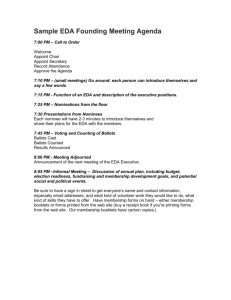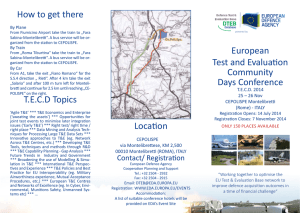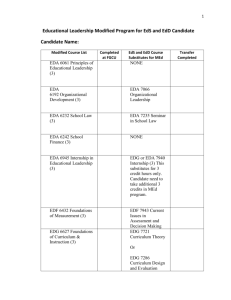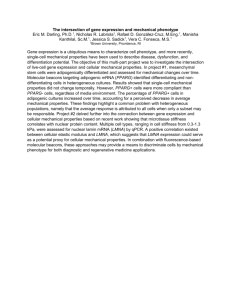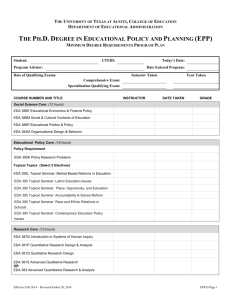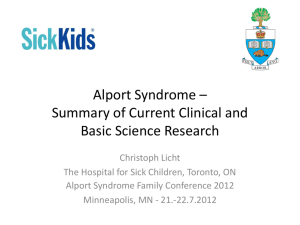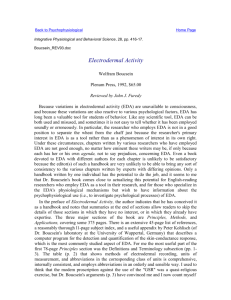Introduction: Cell phenotype and survival is strongly regulated by
advertisement
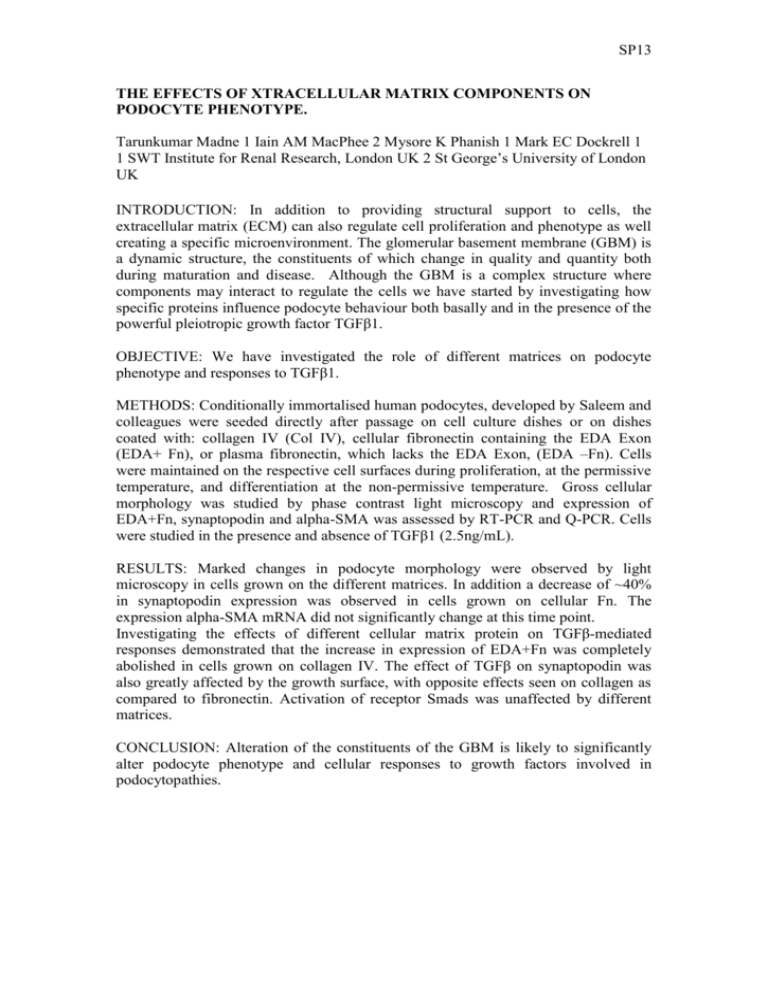
SP13 THE EFFECTS OF XTRACELLULAR MATRIX COMPONENTS ON PODOCYTE PHENOTYPE. Tarunkumar Madne 1 Iain AM MacPhee 2 Mysore K Phanish 1 Mark EC Dockrell 1 1 SWT Institute for Renal Research, London UK 2 St George’s University of London UK INTRODUCTION: In addition to providing structural support to cells, the extracellular matrix (ECM) can also regulate cell proliferation and phenotype as well creating a specific microenvironment. The glomerular basement membrane (GBM) is a dynamic structure, the constituents of which change in quality and quantity both during maturation and disease. Although the GBM is a complex structure where components may interact to regulate the cells we have started by investigating how specific proteins influence podocyte behaviour both basally and in the presence of the powerful pleiotropic growth factor TGFβ1. OBJECTIVE: We have investigated the role of different matrices on podocyte phenotype and responses to TGFβ1. METHODS: Conditionally immortalised human podocytes, developed by Saleem and colleagues were seeded directly after passage on cell culture dishes or on dishes coated with: collagen IV (Col IV), cellular fibronectin containing the EDA Exon (EDA+ Fn), or plasma fibronectin, which lacks the EDA Exon, (EDA –Fn). Cells were maintained on the respective cell surfaces during proliferation, at the permissive temperature, and differentiation at the non-permissive temperature. Gross cellular morphology was studied by phase contrast light microscopy and expression of EDA+Fn, synaptopodin and alpha-SMA was assessed by RT-PCR and Q-PCR. Cells were studied in the presence and absence of TGFβ1 (2.5ng/mL). RESULTS: Marked changes in podocyte morphology were observed by light microscopy in cells grown on the different matrices. In addition a decrease of ~40% in synaptopodin expression was observed in cells grown on cellular Fn. The expression alpha-SMA mRNA did not significantly change at this time point. Investigating the effects of different cellular matrix protein on TGFβ-mediated responses demonstrated that the increase in expression of EDA+Fn was completely abolished in cells grown on collagen IV. The effect of TGFβ on synaptopodin was also greatly affected by the growth surface, with opposite effects seen on collagen as compared to fibronectin. Activation of receptor Smads was unaffected by different matrices. CONCLUSION: Alteration of the constituents of the GBM is likely to significantly alter podocyte phenotype and cellular responses to growth factors involved in podocytopathies.
